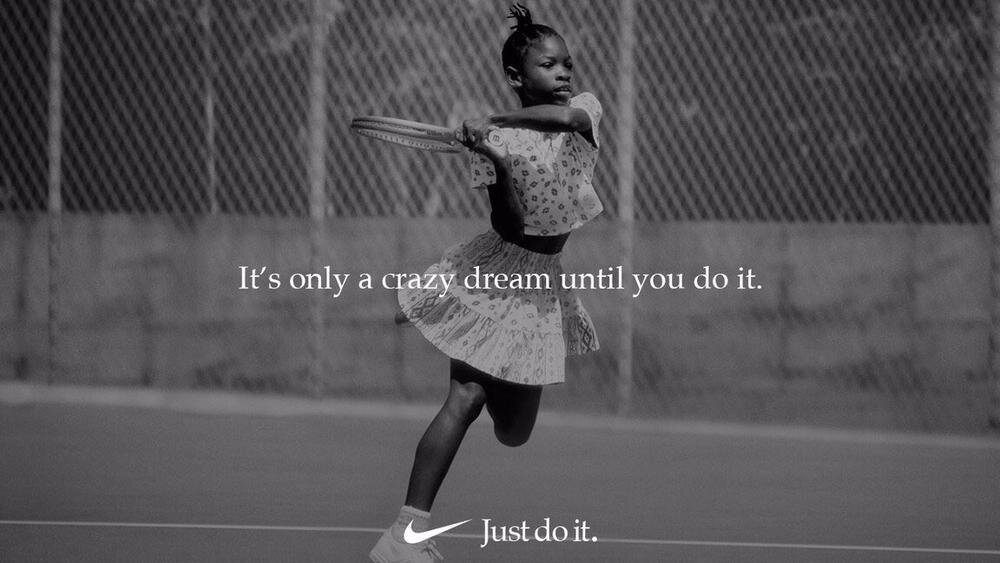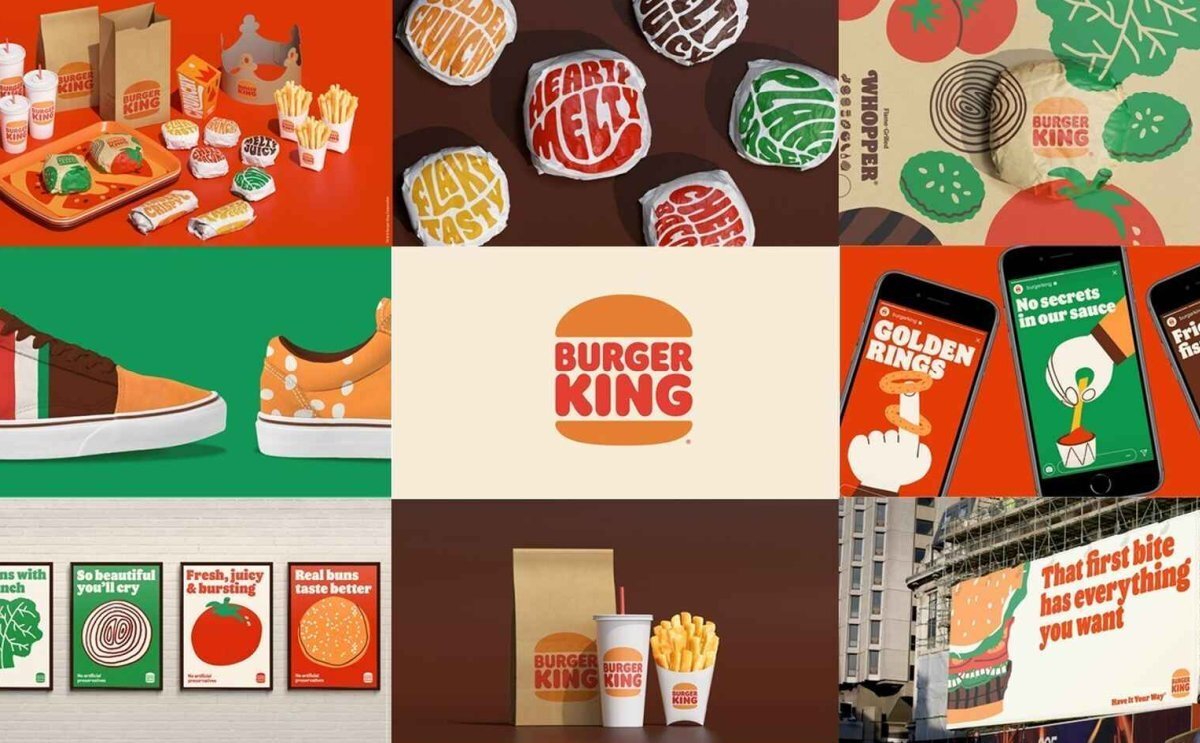The Unexpected and Often Unwanted Foundations to Scaling a Brand and Getting the Customers You Deserve
The first thing I notice about a brand is whether they love their customers. The greatest brands in the world: Nike, Starbucks, Apple, Hubspot, or UPS, they all share a singular commonality: you can tell they love their customer.
This is to be distinguished from pandering or placating your customer. I can smell a sycophantic case study or virtue signaling ad campaign a mile away. Customer-love is something different all together. It seeps into the air like aroma therapy, changing the mood of a room, transforming the mundane into the multi-sensory. It’s different than the often-touted “customer obsession” which is just one more way of saying “we’ll do anything to sell things.”
No, love, in the business sense, has all the same characteristics as love in a personal sense: It is ephemeral, affects every decision, is dripping with esteem and appreciation, and exists without expectation of return. Brands that love their customers re-orient reality in order for their beloved to be celebrated, seen, honored, and elevated.
This would be the ideal time to say that the first commandment of branding is “love your customer as you love yourself,” but this is not Sunday School. If you want to play in the big leagues, you’ve got to love them MORE.
Cut Out the Middleman
Let’s take Nike for example. In 2020, Nike made the bold decision to eliminate relationships with any retailer that didn’t reflect its customer centric values, that included its very lucrative deal with retail juggernaut, Amazon. This strategic shift produced a 38% reduction in YOY growth for one quarter which was followed by an 82% increase in their online store business.
By focusing on their D2C e-commerce platform, Nike can own the customer journey, continue its long-standing obsession with elite athletes and those that aspire to be, and remove itself from environments where it is positioned as a commodity for window shoppers.
Cutting out the middleman and going direct to consumer is one of the primary ways that brands are going all-in on their customer in today’s marketplace. The high risk, high reward strategy defies the platforms like Amazon, Facebook, and Google who demand that to exist you need to walk through their hallways.
Nike believes that the best of their customers want what only Nike can give, and are willing to build the infrastructure and the customer journey to prove it. By dealing directly with customers they love, Nike is living by their values able to function with greater transparency, a hallmark of customer love.
Walk Around Naked
Once upon a time, a very well-funded marketing team at Robinhood convinced the world that it existed to liberate Wall Street from the fat cats and make it accessible to the plebian millennials on Reddit. Slated as the trading platform built to “democratize finance,” its revenue is generated by selling the trading activity of its users to third parties to help facilitate large volume and high-speed trades that benefit institutional investors. So, yeah, definitely, it’s here for the little people. Internet users should know by now that any time what you’re using is free, it’s because you are the product. But we are slow learners by definition.
Robinhood’s atmospheric rise forced the big guys like TD Ameritrade and Schwab to also offer free trades (which is now code for “make more money selling customer data since they couldn’t actually charge for their real services anymore.”)
The more trades there are, the more data there is to sell. So, it’s no surprise that Robinhood (now the respondent in over 50 lawsuits and subject to a $70 million fine) not only brought down trade costs but also the barriers to fast trading that protect investors from the whipsaw of the market. A move which apparently comes with compensatory damages.
While Nike saw its stock price jump 13% on the news of 3x increased demand for its D2C app, the same can’t be said for Robinhood.
Redditors (you know, those millennials who put Robinhood on the map) are decrying the upcoming IPO telling their peers to ignore it, even with the company promising to set aside 25-35% of its shares for customers. Time will tell what that means for Robinhood’s stock price, but when your core customers are saying your stock is trash, this cannot be a good sign.
Robinhood’s convoluted business model, that profits on the backs of its customers bad behavior, is the opposite of customer-love. And it’s a living example of that timeliness wisdom: “Thou Shalt Not Shit Where You Eat.”
Here for the Right Reasons
One way or another, a brand’s true motivations eventually surface. So how do you know a brand is here for the right reasons?
Four criteria spring to mind.
-
Specificity. Sephora is one of the world’s great brands not because it loves all women, but because it loves a particular kind of woman, understanding her needs and preferences, and seeking to provide value only to her.
-
Differentiation. Love looks weird. Brands that act counter to the prevailing narrative know their customer is not average, and they act accordingly. When REI decided to #optoutside and stay closed on Black Fridays they knew their customer was happier in the mountains than in the mall and they acted accordingly.
-
Risk. Burger King did a time-lapse video of a Whopper getting moldy to show its commitment to removing preservatives. Knowing their customer was more interested in quality ingredients than the average drive-thru dweller, Burger King didn’t just say they were taking out the chemicals, they showed it. Would the world be disgusted by the visual of a rotting burger? For the King, it was worth the risk. The all-in campaign powered a complete rebrand in 2021 that was the most celebrated of the spring. The main feature? A color story made only of those colors that could be found in the freshest ingredients on the menu. (Sorry, blue.)
4. Aspiration. The power of aspiration is too often connected with showing how great the company can be. But brands who love their customers thrive by showing how great their customer can be. As AirBNB set out to represent itself in the wake of COVID-19 they invested in a powerful set of documentary-style videos showing the love and care of their hosts’ place in the locations they offer and the unique experiences that creates for renters. You spend the entire commercial thinking, “that looks amazing, I want to go there.” A thought that lingers in your mind long after the subtle AirBNB logo brushes across the screen in the final seconds.
Change the Question
Most brands never get great answers about their marketing because they ask shoddy questions. Questions like:
-
How can we get more clicks?
-
Will this make people think better of us?
-
Do we need more SEO?
-
Can we get on the **** bandwagon?
-
Should we buy more ads?
Ask shoddy questions, get shoddy answers. The raw fact is that your customers can only love you as much as you loved them first. Now that’s biblical. If they are the means to a revenue target, that truth will come through. There’s no hiding it. And they will treat you like the transaction you’ve treated them as. If you think they are stupid, they will act stupidly. If you think they are easily manipulated, they will beg for cheap tricks and be unwilling to pay for substance.
We get the customers we deserve.
The quality of your customer won’t match the quality of your product, the investment of your marketing, or the strength of your conviction. The quality of your customer will, in the end, match the depth that you love them.
When execs ask me wrong questions like, “Will this get us more traffic?” I do whatever I can to steer them back to the better questions.
“Who do you love? And why don’t they know it yet?”



